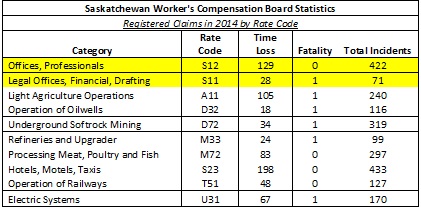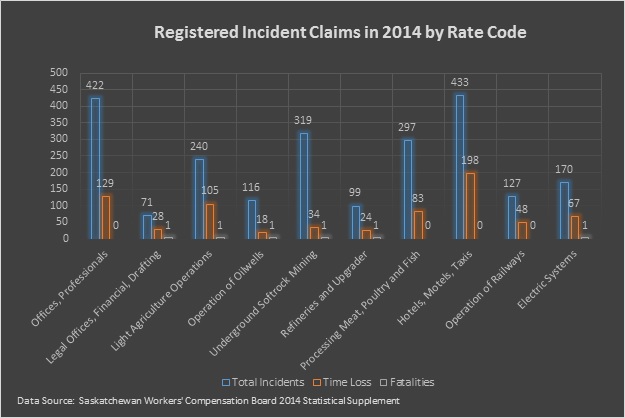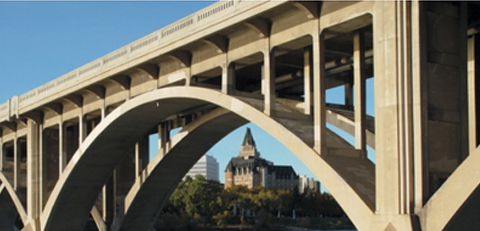Office Safety Awareness
 PINTER.jpg)
Hidden in Plain Sight: The Safety Perils of the Modern Office Space
Contributed by Scott Golding, PINTER & Associates Ltd.
When the words “safety” and “engineering” are paired together, many representative if not stereotypical images may be visualized: colourful chemical containers festooned with WHMIS warning labels; sprawling construction sites teeming with massive construction equipment; busy factories where whirling machines spin, stamp, and press parts at a blistering pace. In fact, simply googling both words together yields a bountiful supply of similar-themed graphics, documents, and websites, as well as links to professional organizations dedicated to such matters.
It is tempting to dismiss the office workplace as a comparatively safe and benign environment, particularly when it is contrasted with the overt dangers present and common at countless industrial and commercial establishments. In many organizations, the efforts for advocacy, policy, resources, protective measures and education are focused on active operations and undertakings, and thus unfortunately the supporting administrative staff and spaces are habitually overlooked.
The seemingly tranquil office environment is in fact teeming with potential hazards that, if not identified and mitigated proactively, present acute or chronic risks. These can sometimes begin before office employees even enter their building – overhanging snow and ice accumulation on eves; icing of walking surfaces; and trip edges, holes, and cracks within the parking lot or grounds are commonplace. It is surprising to witness the degree of exterior deterioration that is sometimes overlooked for buildings and facilities, when the same conditions would never be tolerated indoors within a shop floor or plant gallery.
The office space itself presents a multitude of physical hazards readily observable but insidiously inconspicuous – extension cords routed across walking paths; rugs or mats that bunch or slide underfoot; heaters placed next to flammable materials; pinch points from filing cabinets or equipment. A critical and experienced eye can spot these, as well as many others which could be generalized as “housekeeping issues” – blocked fire exits, file cabinet drawers left open, and shelves unevenly loaded.
More difficult to notice are less tangible but still very applicable environmental considerations. Are workstations assembled correctly, ergonomically compliant, and designed to thwart protracted health scourges such as carpal tunnel syndrome and back aches? Is lighting sufficient and well-directed to prevent glare and eyestrain? Will ventilation adequately disburse toxic indoor air pollutants before they accumulate? Are electrical outlets properly grounded, sufficiently spaced, and equipped with quality cords, to avoid overloading and shorts?
What training has the office staff had with their equipment – are they proficiently utilizing their tools, and what assumptions are being made? I once witnessed a receptionist impale her hand with a letter opener she’d been incorrectly wielding like a Butcher’s boning knife; there was a startling consequence to the unorthodox technique. Conversely, have personnel been thoroughly counselled in accident prevention, so they’ll think twice before standing on a castered swivel chair? Does the office culture support asking questions and sharing advice?
The following 2014 data from the Saskatchewan Worker’s Compensation Board demonstrates a surprisingly high occurrence of office related injuries, compared to several traditional precarious jobs, and a reported fatality. The figures confirm that enhanced awareness of office safety would benefit employees and employers alike, prevent pain and suffering, and reduce expenses!





